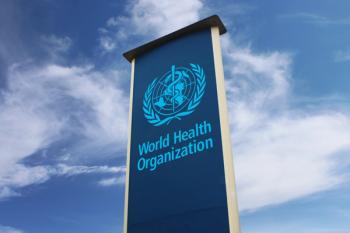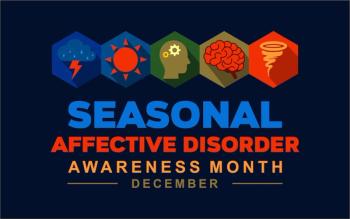
Neurodevelopmental Complications of SCD Exacerbated by SDOH
Black children with sickle cell disease (SCD) face a disproportionate burden of social determinants of health (SDOH), the study found.
Children with
This study, based on data from the National Health Interview Survey (NHIS), was
About 100,000 people in the United States have diagnosed SCD, said the study authors. However, the risk of SCD is particularly high among Black Americans, they added; 1 out of every 365 Black children born in the United States will receive an SCD diagnosis.
Patients with SCD experience a high disease burden, as the rare blood condition can lead to pain, anxiety, and depression. However, neurocognitive impairments are also common with SCD, which combined with SDOH can lead to significant academic challenges for students, particularly for those of low socioeconomic status.
Although SCD and its complications are well understood, the study investigators said there has been relatively little research on how neurocognitive impairment affects Black children with SCD and how the disease’s effects can be exacerbated by social determinants of health (SDOH).
In the new report, the authors used NHIS survey data to compare children with and without SCD and to better understand how the disease and other factors affect children with SCD. The dataset included responses from 2007 to 2018, which represented 133,542 children. Of those, 215 children had SCD, and 82% of those with SCD were Black.
More than half of the families of children with SCD (53.8%) reported a household income below the federal poverty level and receiving health care coverage through Medicaid or a state child health insurance program. The rate was slightly higher (55%) among the families of Black children with SCD.
The study showed neuro-developmental effects were common in children with SCD. They were 4 times more likely than children without SCD to have an intellectual disability, and 2.5 times more likely to experience hearing difficulties, the authors said. Those effects were similar across racial and ethnic groups, but Black children with SCD were more likely to have vision problems, they said.
Children with SCD also were more likely to experience parent-reported declines in health status, and most children with SCD missed 11 to 40 days of school per year, the authors said.
While the disease itself brought burdens, the study authors said the socioeconomic factors appeared to lead to significant health effects and barriers. Although children with SCD overall were more likely to have seen a medical specialist within the previous 12 months, the wait tended to be longer among Black children.
“Public health insurance may limit accessibility to specialized health care services posing tremendous challenges to receiving timely care,” they said. “This may result in children settling for emergency room visits as their sole option for primary care.”
The authors said insurance coverage also affected the likelihood that a child saw a therapist or optometrist. They said one confounding factor is the fact that many educators are not aware that people with SCD have an increased need for specialized services. They said both health providers and school officials will need to work to address the issues identified by the study.
“This creates the urgency to address the health burden for Black children with SCD that has been exaggerated by barriers to accessing comprehensive health care due to SDOH,” they concluded.
The authors said more research is needed to understand which interventions might be the most effective way to address the issues identified in their study.
Reference
Peprah E, Gyamfi J, Lee JT, et al. Analysis of the 2007-2018 National Health Interview Survey (NHIS): examining neurological complications among children with sickle cell disease in the United States. Int J Environ Res Public Health. Published online June 15, 2023. doi:10.3390/ijerph20126137
Newsletter
Stay ahead of policy, cost, and value—subscribe to AJMC for expert insights at the intersection of clinical care and health economics.













































